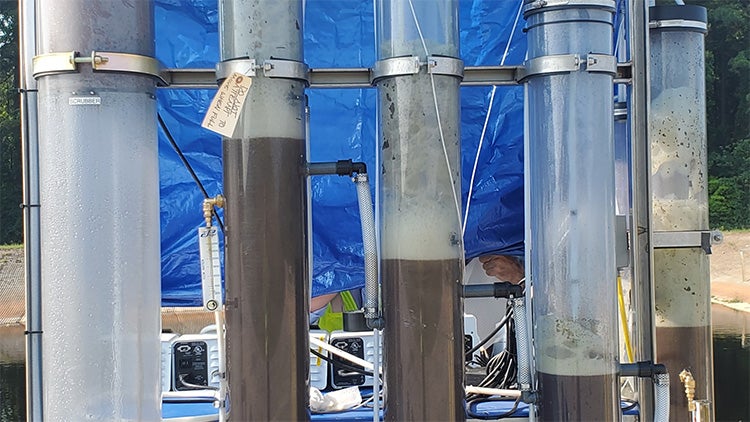How Landfills Can Be Part of the PFAS Solution

The recent U.S. EPA ruling setting maximum drinking water contaminant levels for six per- and polyfluoroalkyl substances, also known as PFAS, created a sense of urgency for coordination between landfills and municipal wastewater treatment facilities. Not only can PFAS, also known as forever chemicals, end up in leachate and be discharged to publicly owned treatment works, or POTWs, but they can also show up in treated biosolids from POTWs, which are often sent to landfills. This interconnected web of contamination can cause challenges as PFAS regulations continue to evolve state-by-state and nationally.
Jeff Murray, HDR’s landfills practice lead, and John Schubert, HDR’s industrial process technology lead, are experts in this space, leading the development and implementation of a process to both remove and destroy PFAS in landfill leachate.
In a recent HDR-hosted webinar, Murray and Schubert discussed the interconnection between landfills and municipal wastewater treatment facilities and some of the processes available to remove PFAS from leachate. Industry publication Waste 360 covered the webinar in a feature, highlighting:
- HDR’s cost-effective solution
- An emphasis on collaboration
- Proactive planning
- Treatment approaches to prepare for evolving standards
“We are encouraging landfill operators and their POTWs to begin understanding the influent PFAS loading and what the landfill is contributing, so PFAS minimization and pretreatment strategies can be developed with relevant supporting information,” Murray said in the article.


